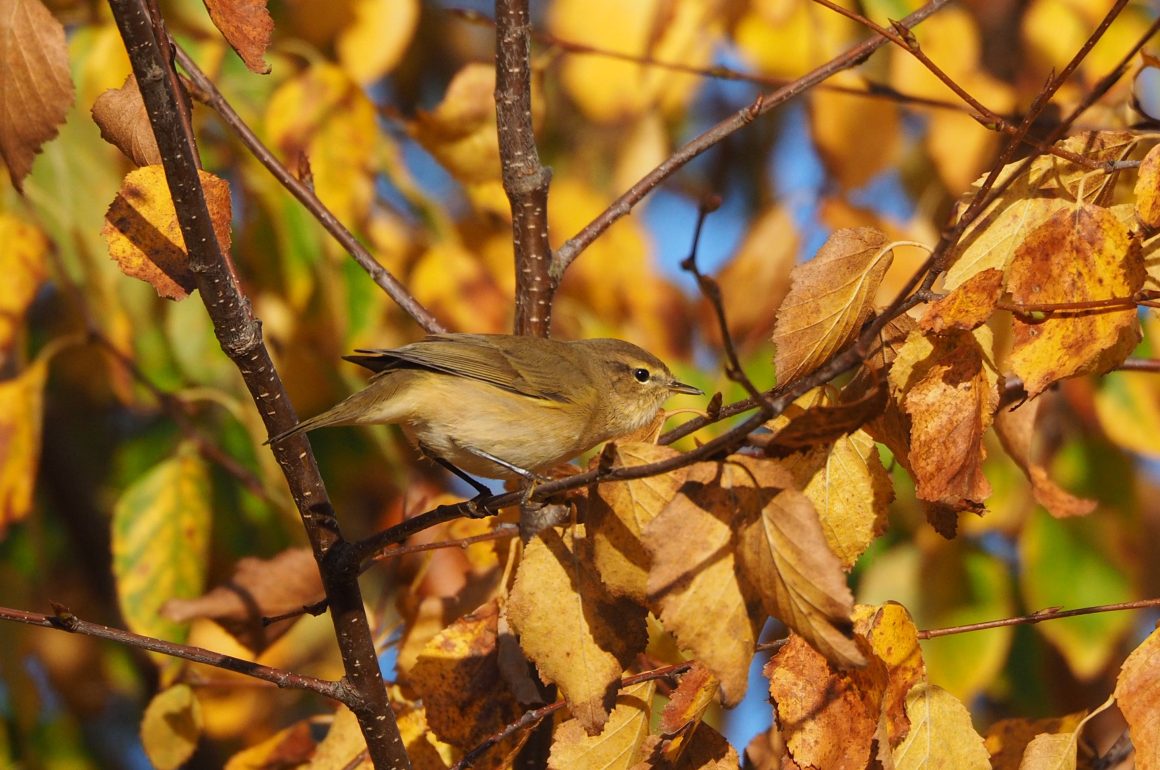
I first encountered the expression LBJ in March 1980. I was birding, solo, the Rio Grande valley in Texas, a trip that had started at Aransas National Wildlife Refuge where I’d ticked off my first Whooping Cranes. Of course, Whooping Cranes are about as removed from being LBJs as it’s possible to get, but I discovered that Texas also had numerous small brown birds that the birdwatchers I encountered called LBJs. I also found, to my surprise, that many of these birdwatchers didn’t even try to separate the various LBJs but just dismissed them as too difficult to be worth bothering with.

A Willow Warbler on autumn migration. Note the pale supercilium
This was a shock to the system. I came from England, where we endeavoured to identify every bird we encountered, no matter how small and insignificant it might be. In fact, many of my pals were obsessed with small brown birds, scanning the flocks of Meadow Pipits in the hope of a Red-throated Pipit, or even better, a Pechora Pipit. After all, anyone can identify an Avocet or a Great Spotted Woodpecker, but finding a rare pipit takes real skill.
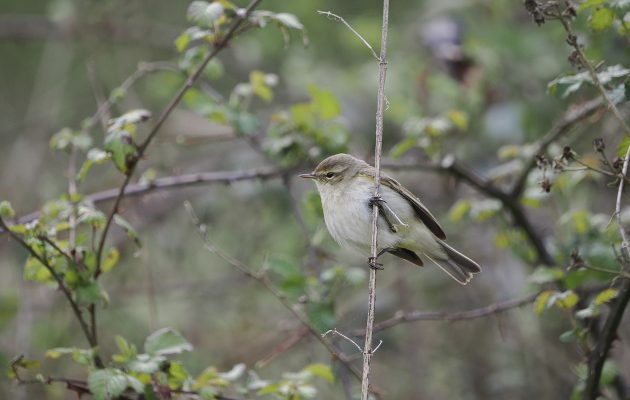
A spring Chiffchaff. The dark legs are distinctive
This obsession with identification continues to this day. A recent copy of the magazine British Birds devoted no fewer than 18 pages to separating Alder from Willow Flycatchers. This is despite the fact that the former has only been recorded in the British Isles on a couple of occasions, while no Willow Flycatcher has ever been recorded here. My chances of encountering either species in the UK are about as great as winning the lottery, but I did learn that one of the best clues to identification is in the wing formula. I’ll do my best to remember this in the unlikely event of coming across one of these birds.
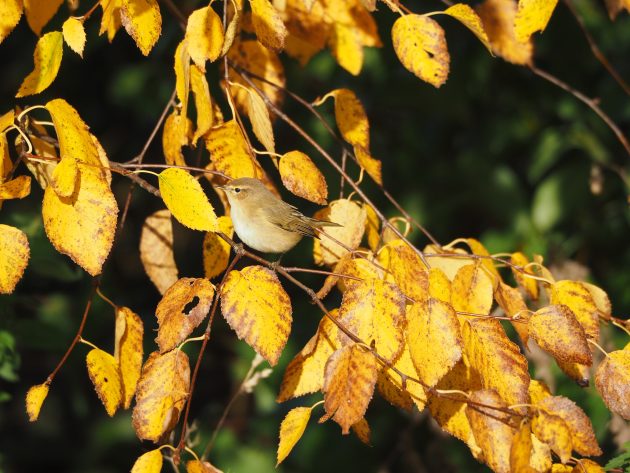
A Chiffchaff in autumn: brown and with few distinguishing features
We don’t have any birds in Europe that are quite as confusing as the Empidonax flycatchers, but we do have our fair share of LBJs that take a bit of work to identify correctly. Perhaps the most common confusion duo is the Chiffchaff /Willow Warbler pair, not infrequently referred to as Willow-chiffs. Both birds are a similar size and have similar colouring, and they can even be found in the same habitat. The easiest way to tell them apart is by sound, for the onomatopoeic Chiffchaff has a song that’s instantly recognisable and is quite unlike the Willow Warbler’s soft, descending whistle.
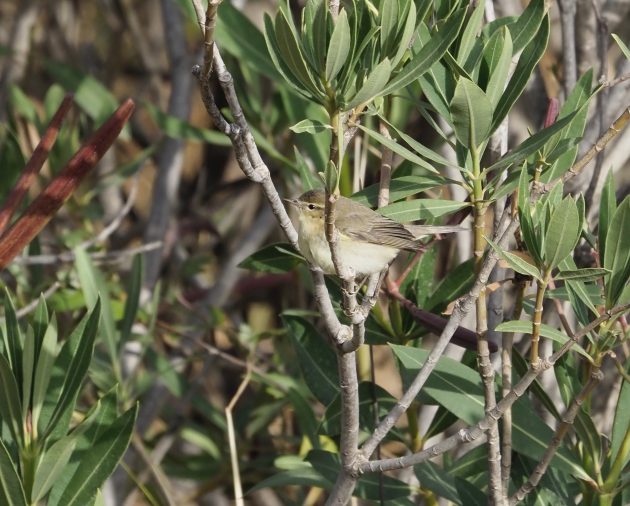
Autumn Willow Warbler, photographed on migration on migration in Portugal
Visually, there are a number of subtle clues. Chiffchaffs have dark legs, whereas those of Willow Warblers are usually pale. The latter has a more distinct supercillium, and young birds in autumn have a yellow wash to the underparts. Willow Warblers are long-distance migrants, so have much longer primaries than Chiffchaffs, which rarely fly far.
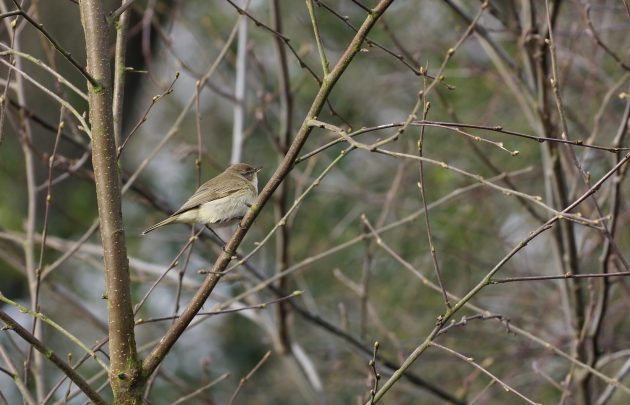
In spring Chiffchaffs would be easily overlooked if it wasn’t for their loud and distinctive song
Just to confuse things further, the Chiffchaff has a number of (recently split) close relatives. The Iberian Chiffchaff is best identified by its song, while its call is quite different, too, but great numbers of Chiffchaffs from northern Europe winter in Spain and Portugal, so a Chiffchaff in Iberia isn’t necessarily an Iberian. In winter, most Iberian Chiffchaffs are likely to be found in tropical West Africa.
The Canary Islands Chiffchaff is another recent split. It’s clearly a bird that doesn’t move far, as it has a very short primary projection. On the eastern edge of the Western Palearctic you can find the Mountain Chiffchaff, a bird that I’ve seen in the Caucasus mountains in Georgia. It looks much like a standard Chiffchaff, but has a distinct white supercilium and a different song.

Mountain Chiffchaff, a bird of the Caucasus mountains in Georgia
A number of other Phylloscopus warblers – such as Artic, Green and Greenish – are similarly confusing, but they are such rarities in Western Europe that we don’t get much practice in identifying them. It takes a trip to the Himalayas to discover just what a challenge it can be trying to identify these birds. Some 20 species of Phylloscopus warblers occur in this region.
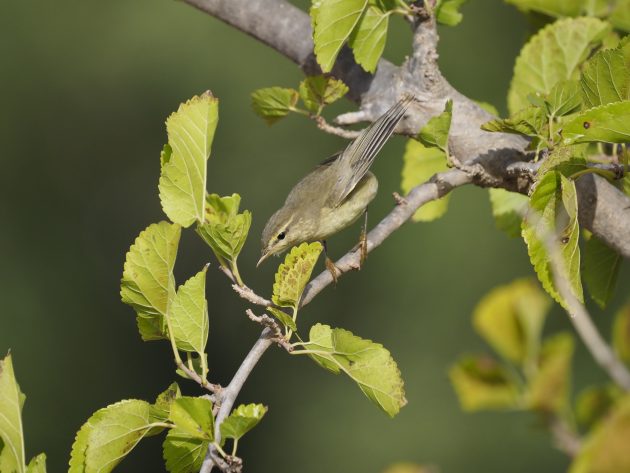
Autumn Willow Warbler: note the long primaries and a yellow wash to the underside
But I’ve strayed outside my geographical boundary: this article is about LBJs in Europe. The Acrocephalus warblers have almost as many confusing members as the Phylloscopus, with Reed, Marsh and Blyth’s Reed Warblers all offering their own challenge to the observer. Separating them is rarely a problem in spring, but it can be tricky in the autumn.
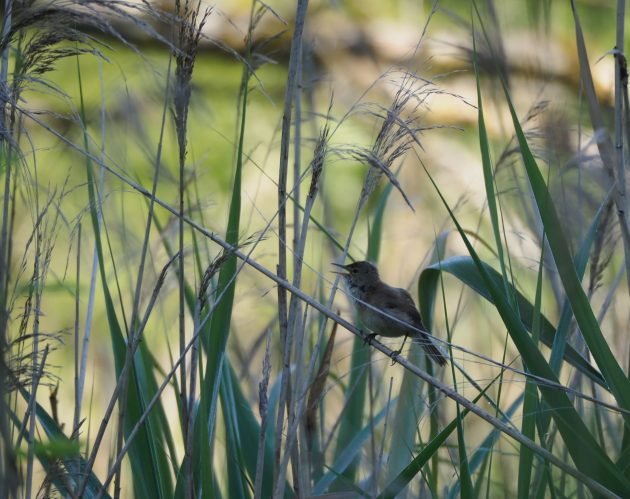
Song is the best way of distinguishing the Acrocephalus warblers. This is a Reed Warbler

Meadow Pipit: Europe’s top LBJ?
Though these warblers may be contenders for the prize of the best of Europe’s LBJs, we mustn’t forget the pipits. I reckon that the Meadow Pipit is arguably Europe’s top LBJ, for this is a widespread and often common bird in northern Europe, but one that often flits away without allowing you a serious look. I rather like these subtle, unassuming little birds, which have the misfortune to be one of the favourite foods of the Merlin.
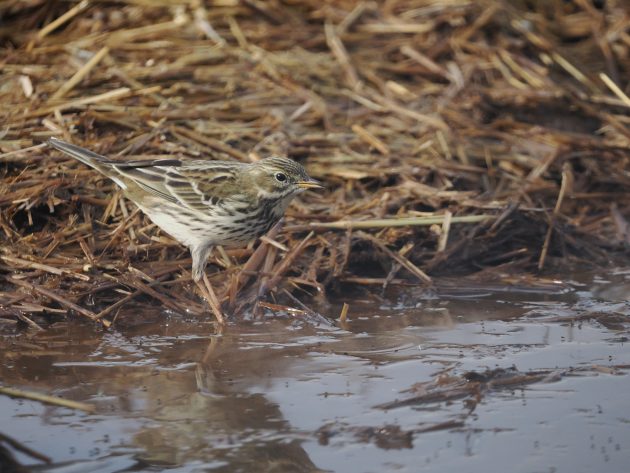
An autumn Meadow Pipit
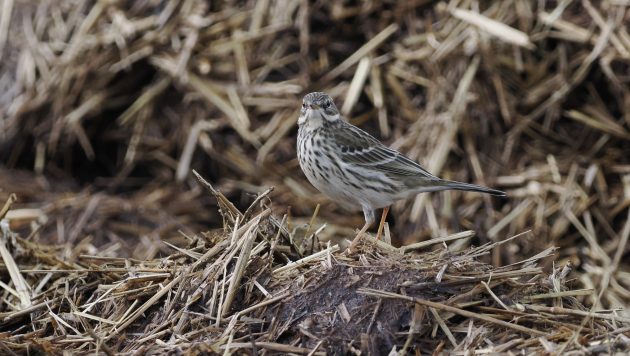
Meadow Pipits have a subtle charm
The Meadow Pipit’s look-alike is the Tree Pipit, and if you look at pictures in a field guide you will hard pushed to tell them apart. Habitat and season are usually reliable indicators: the Tree Pipit is a summer migrant. Thus a winter pipit is most likely to be a Meadow Pipit, unless you are on the coast when it could well be a Rock Pipit, or even a Water Pipit, while in autumn it could be an Olive-backed Pipit, an annual vagrant to Britain. There we go – LBJs are a confusing bunch of birds, best left to the enthusiasts.

Tree Pipit: it is at least perched in a tree


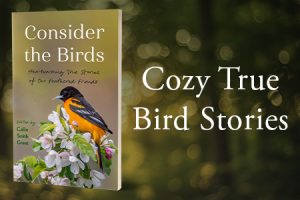







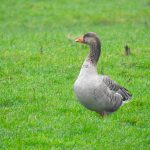
I’ll admit, I had no idea what the hell LBJs were until Faraaz’s recent post, and now, after reading yours, I finally get it! Turns out these little brown jobs are a real test of patience and eyesight. Great write-up, David.
And what a pleasant confusion it is! We need another post on Asian LBJs now. Woodwarblers!
Well, here I am in Spain/Morocco trying to separate Chiffchaffs from Cetti’s Warblers, and Thekla’s Larks from Common Larks. Not to mention those Pipits. I am indeed up to my eyeballs in Mediterranean LBJs, and will read this post very carefully, David!
Not from me. I think LBJs should be illegal.
Paul: chiffchaffs and cetti’s both sing their own name, repeatedly, easy.